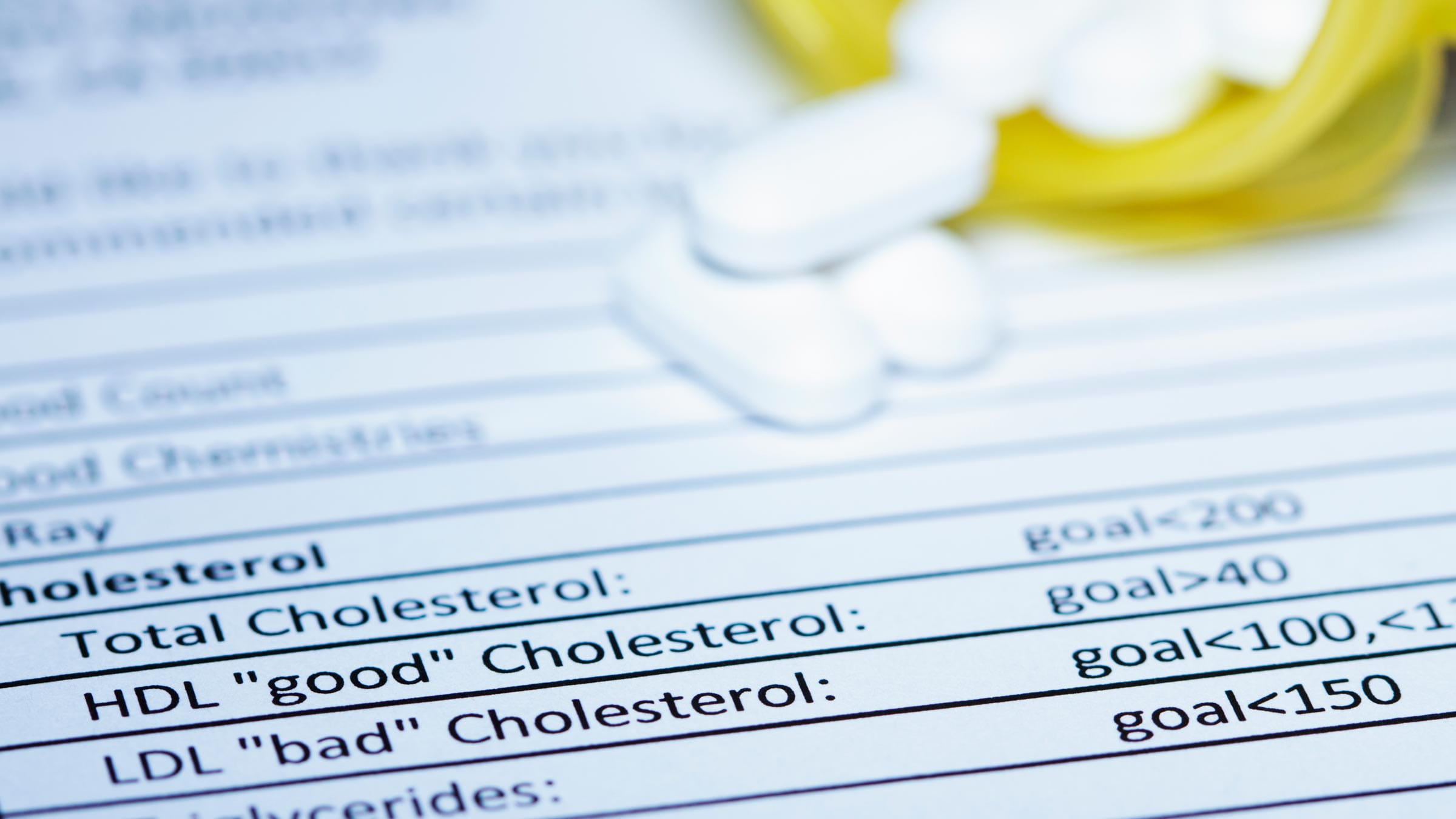
“Cholesterol” is one of those terms in medicine that can make people nervous. We all know we have cholesterol. We know it gets measured and we know it’s important, but we may not always understand why. The fat-like substance is often linked with serious health issues like heart disease and stroke, but not all cholesterol is bad.
In fact, our body relies on cholesterol for some important functions. It’s a waxy substance that helps build cells, produce vitamin D and make hormones like estrogen and testosterone. The body produces cholesterol naturally, but lifestyle choices can contribute to unhealthy levels.
People with higher levels of “good” cholesterol tend to decrease their odds of suffering from a heart attack or stroke. However, the opposite is true with “bad” cholesterol. Higher levels of “bad” cholesterol are associated with an increased risk.
The trick is to keep a healthy balance between “good” and “bad” cholesterol.
What should my cholesterol levels be? What’s good cholesterol and bad cholesterol?
High-density lipoprotein (HDL) is the “good” stuff that transports cholesterol back to the liver so that the body can dispose of it. This is the number you want to be higher. An ideal HDL level is above 60. Lower HDL levels (<40 for men and <50 for women) are associated with increased risk for health problems.
Low-density lipoprotein (LDL) is the “bad” cholesterol that can build up as plaque in the blood vessels. The plaque can narrow the vessels, or cause a blockage, making it much harder for the heart to pump blood throughout the body.
Understanding absolute cholesterol
Absolute cholesterol values are important, but they’re now used as a piece of your health picture in conjunction with other characteristics to help form an overall assessment of your cardiovascular risk. Identifying an ideal LDL level depends on a lot of other factors like age, sex, family history of heart disease, diabetes, blood pressure and your history of smoking.
The rationale for treating high cholesterol is separated into two categories: primary and secondary prevention.
Primary prevention means that someone hasn’t had any known coronary heart disease, heart attack or stroke and we’re trying to prevent them from having their first incident of these conditions. We use cholesterol results to help predict someone’s odds of developing heart disease or having a stroke in the next 10 years. An LDL level of less than 100 is generally considered optimal for this group.
Secondary prevention means a person has already had a heart attack or stroke and we’re trying to prevent another one. They also might have already needed stents or bypass surgery to treat coronary artery disease. Generally, for secondary prevention, the ideal goal for cholesterol is to have an LDL of less than 70.
What’s more important — my absolute cholesterol numbers, or the ratio between total cholesterol and HDL?
Health care providers primarily use cardiovascular disease risk calculators to assess your overall health risk, and cholesterol levels are part of that equation. You can expect your provider to consider your cholesterol numbers, as well as the ratio between total cholesterol and HDL, when deciding on a treatment plan.
The ratio is determined by dividing the total cholesterol number by the HDL (good) cholesterol level. As a general rule of thumb, higher ratios are associated with a greater risk for serious health problems. A ratio of 3.5 to 1 is usually considered very good.
Consider someone with a total cholesterol level of 211 and an HDL level of 79, which equals a healthy ratio of 2.6 to 1. This would indicate that they’re at a lower risk for heart disease.
But the ratio tells only one part of the story. Imagine that this person also has an LDL (bad cholesterol) level of 140, which is significantly higher than what providers like to see. If this person has never had a heart attack, their clinician might recommend a change in diet to help bring the LDL level down.
Knowing when statins may be needed to control cholesterol
Prescription medications called statins are often used to lower “bad” cholesterol levels. For primary prevention, statins are typically used when someone:
- is considered to be at intermediate or high risk for cardiovascular disease
- has diabetes
- has an LDL level greater than 190
The absolute LDL value becomes even more important for someone who’s already suffered a heart attack or stroke. Statins are usually recommended for people with known atherosclerotic cardiovascular disease. Heart disease from atherosclerosis (thickening or hardening of the arteries) remains one of the leading causes of death worldwide, and high cholesterol is a primary risk factor.
How can I lower my LDL cholesterol?
Regular exercise, quitting smoking and eating a heart-healthy diet are all important for keeping LDL levels down. I advise my patients to eat foods that are rich in fiber, such as whole grains, vegetables and fruits. Eating at least 25 to 30 grams of fiber per day is recommended.
Reducing saturated fat intake is also beneficial. The American Heart Association says only about 5% of daily calories should come from saturated fats, which are found in foods like beef, and pork, dairy products like butter and cheese, and coconut oil.
I also advise an annual physical exam with your primary care doctor. They’ll check your cholesterol levels with a simple blood test and identify any issues early, therefore helping you avoid more serious health problems in the future.

Your heart is in the right place
Learn more about advances in care and treatment for patients at The Ohio State University Heart and Vascular Center
Expert care starts here




